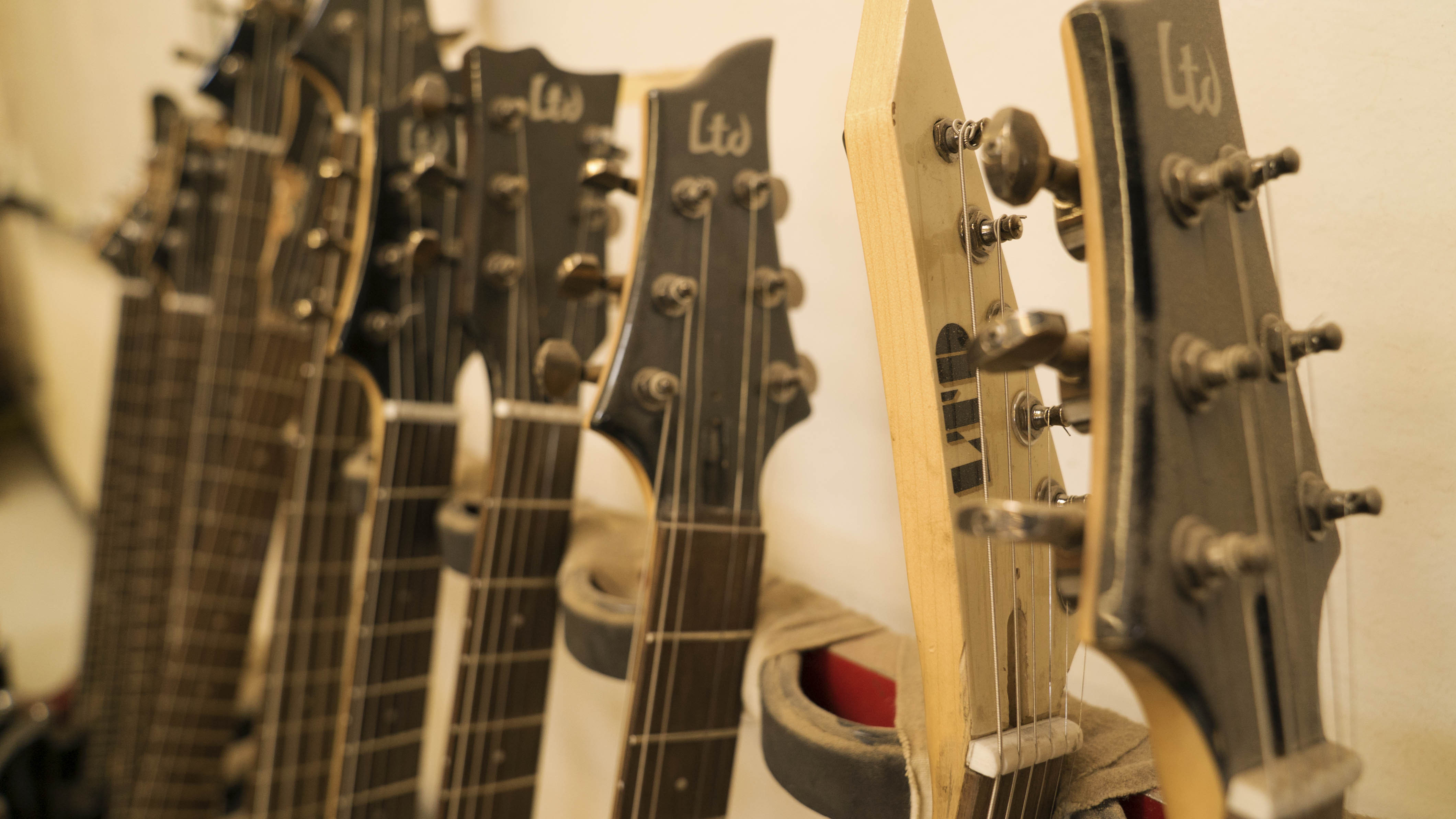The guitar, often hailed as one of the most expressive and versatile musical instruments, is a symphony of carefully crafted parts working in harmony. Just like understanding the anatomy of any complex system, knowing the different components of a guitar is crucial for aspiring musicians and seasoned players alike. Whether you’re just starting your musical journey or looking to deepen your guitar knowledge, let’s explore the fascinating anatomy of this iconic instrument.
The Body: The Soul of the Sound
The body of a guitar is arguably its most prominent feature and plays a vital role in shaping its sound. Depending on the type of guitar – acoustic, classical, or electric – the body’s construction and materials will vary significantly.
In acoustic and classical guitars, the body functions as a soundbox, amplifying the vibrations of the strings. Typically crafted from various woods like rosewood, mahogany, or maple for the back and sides, and spruce or cedar for the top (soundboard), each wood type contributes unique tonal characteristics. Hollow bodies resonate freely, producing rich and warm tones.
Electric guitars, on the other hand, may have solid, semi-hollow, or hollow bodies. Solid-body electrics, often made of woods like alder, mahogany, or ash, rely on pickups to convert string vibrations into electrical signals, which are then amplified. Pickups are strategically positioned on the body, usually between the neck and the bridge, to capture different tonal nuances.
Body shapes also vary, influencing both aesthetics and playability. Acoustic guitars commonly feature cutaway (allowing easier access to higher frets) and rounded body shapes. Electric guitars boast a wider array of shapes, such as the single-cutaway (e.g., Les Paul) and double-cutaway (e.g., Stratocaster) designs.
The bridge and tailpiece, also located on the body, are essential for securing the strings and transferring their vibrations to the body.
 Request Information from Musicians Institute to learn more about guitar programs
Request Information from Musicians Institute to learn more about guitar programs
The Neck: Where Melodies Take Shape
The neck is the long, slender part of the guitar where your fretwork comes to life. It’s typically made of woods like maple or mahogany and is topped with a fretboard (or fingerboard), often made of rosewood, ebony, or maple.
The fretboard is divided by metal strips called frets, which are precisely placed to create specific musical intervals. Pressing a string down behind a fret shortens its vibrating length, producing different notes. Inlays, often dots or decorative shapes, are commonly found on the fretboard to help players navigate fret positions.
Many guitars, especially electric and steel-string acoustic guitars, incorporate a truss rod within the neck. This adjustable metal rod counteracts the tension of the strings, preventing the neck from bending or warping, particularly due to changes in humidity or string gauge.
 Close-up of guitar necks showing frets and inlays, highlighting the anatomy of the guitar neck
Close-up of guitar necks showing frets and inlays, highlighting the anatomy of the guitar neck
The Headstock: Tuning and Branding
Located at the top of the neck, the headstock is home to the tuning keys (or machine heads), which are used to adjust the tension of each string, thus changing its pitch. By turning these keys, you can tune your guitar to the desired notes. Standard guitar tuning is EADGBE, from the thickest to thinnest string.
The headstock also often serves as a canvas for the guitar manufacturer’s logo and model name, contributing to the instrument’s visual identity. It’s worth noting that the headstock is a delicate part of the guitar and should be handled with care to avoid damage.
Strings: The Vibrating Voice
Guitar strings are the source of the instrument’s sound. They are typically made of steel or nylon. Steel strings are used on acoustic and electric guitars, providing a bright and resonant tone. Nylon strings, on the other hand, are found on classical guitars, offering a warmer, mellower sound and being gentler on the fingertips, making them popular among fingerstyle players.
Strings are numbered from 1 to 6, with the 1st string being the thinnest (high E) and the 6th string being the thickest (low E) in standard tuning.
The Pick: Striking a Chord
A pick (or plectrum) is a small, flat piece of plastic, felt, or other material used to strum or pluck the strings. Picks come in various thicknesses, shapes, and materials, each influencing the attack and tone produced. While many guitarists favor picks for their control and articulation, fingerstyle guitarists often use their fingers or fingernails to pluck the strings, achieving a different tonal palette.
Understanding the anatomy of your guitar is more than just knowing names – it’s about appreciating how each part contributes to the instrument’s voice and playability. To further your journey in guitar mastery, explore resources like MI Online’s Scott Henderson to witness expert guitar techniques.
If you’re passionate about guitars and want to delve deeper into their construction, consider checking out MI’s Guitar Craft program and potentially build your own instrument!
